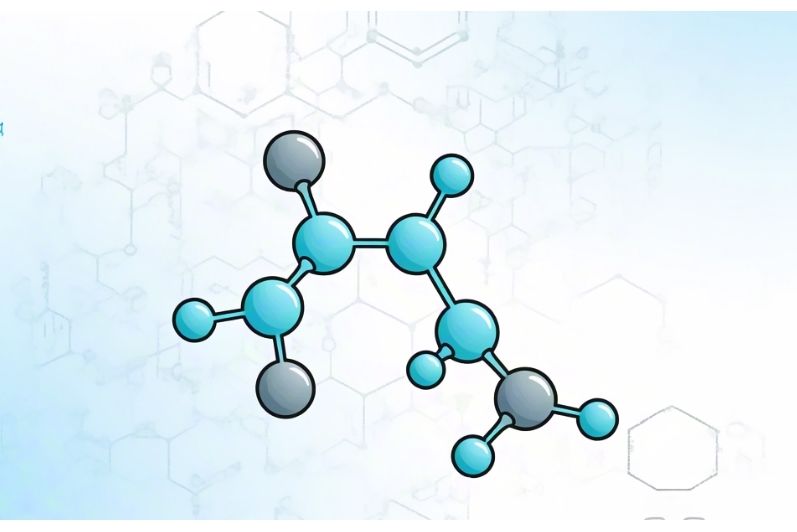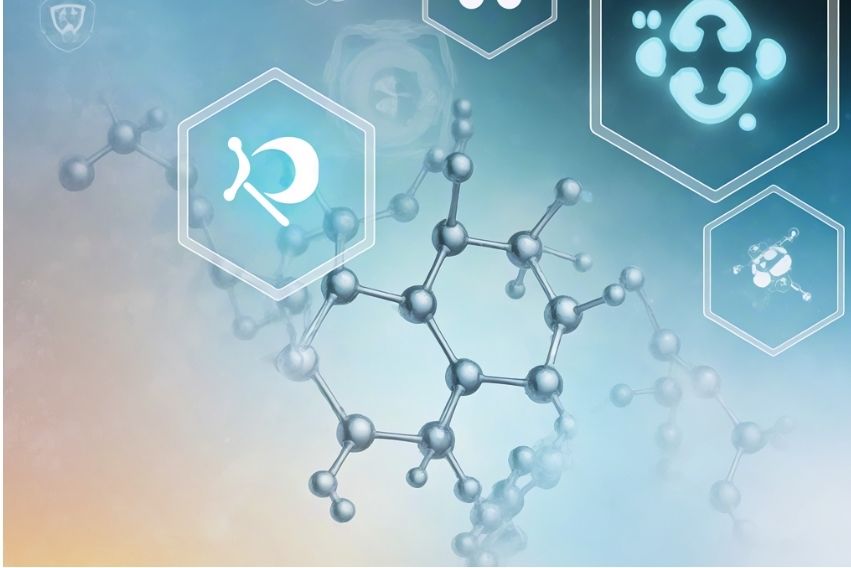Glycan-related Pathway and Network Analysis Service
Mapping Complex Glycan-related Pathways and Networks Through Advanced Analysis!
At CD BioGlyco, we offer a range of critical capabilities, including the Glycan Molecular Dynamics Simulation Service, which employs molecular dynamics simulation techniques to investigate dynamic changes and structural features during glycosylation, crucial for understanding glycan biosynthesis dynamics. Our researchers utilize advanced mathematical modeling and computational methods to analyze and predict glycosylation pathways and networks. This service provides clients with deep insights into the complex processes involved in glycan biosynthesis, enabling researchers to understand better and manipulate these pathways for various applications.

Pathway prediction
Firstly, our research team utilizes tools like the glycosylation network analysis toolbox (GNAT) to predict the biosynthesis of pathways interested in glycan based on known substrate specificities of glycoenzymes. Our deep expertise in glycobiology enables us to identify potential pathways for synthesizing specific glycans, aiding in experimental planning and enhancing the comprehension of research outcomes.
Buildup of model
The mechanistic framework we employ to elucidate the spatiotemporal dynamics governing the formation of diverse oligosaccharide structures is rooted in prior research. This framework has been expanded to encompass the nuanced behavior across the entire biosynthetic pathway. Our model contains four discrete compartments, endoplasmic reticulum (ER), Golgi apparatus, endosomal system, and lysosome. Each compartment is defined by a unique set of differential equations tailored to accommodate glycan processing dynamics and the interplay of protein transport, folding, and potential degradation mechanisms. Within this structured paradigm, the characteristics of each site are meticulously delineated by parameters specific to the site's glycan processing, while simultaneously sharing pivotal protein-related parameters-including rates of folding, transport, and degradation across all compartments. Besides, due to the limitations in obtaining complete kinetic information, probabilistic modeling approaches, such as Markov models or artificial neural networks, can also be utilized. These methods allow for the prediction of possible glycans that could be synthesized under specific conditions, even with incomplete data.
Parameter estimation and optimization
Due to the complexity and incomplete knowledge of glycosylation kinetics, parameter estimation techniques are employed to generate predictive models based on available gene expression data. These models help in simulating and understanding the dynamics of glycan biosynthesis under various conditions.
Model simulation
Once a model is established, the service provides simulation capabilities by solving ordinary differential equations based on input parameters. Our computational pathway construction model integrates enzyme activity kinetics using rate equations to provide a more precise representation of physiological processes. This method also helps predict the changes in enzyme and glycan concentrations during the glycosylation process, providing valuable insights into the temporal dynamics of the system.
Publication Data
Technology: GlycoVis, Nature communications, Glycan pathway predictor (GPP), GlycoCompare, GlycoMME, GlycoWork "network" module
Journal: Analytical and Bioanalytical Chemistry
Published: 2024
IF: 3.8
Results: The scholarly article comprehensively reviews the field of in silico simulation of glycosylation and related pathways, emphasizing its significance, challenges, and future directions. The article explores predictive glycosylation pathway and simulation using glycome expression data, integrating systems biology and bioprocessing techniques to foresee potential glycan synthesis. It introduces multiple software tools for simulating and analyzing glycosylation pathways, such as the GlycoGene database (GGDB), GlyCosmos Portal, and CHOGlycoNET. Various essential glycoscience databases are overviewed, including KEGG Glycan, GGDB, and UniCarbKB, which provide abundant glycosylation-related data. The significance of integrating data resources is emphasized, exemplified by the GlySpace Alliance's effort to construct a global glycoscience informatics infrastructure. Simulation tools like GPP, GlycoVis, and GlycoMME are introduced for predicting glycan structures, visualizing glycosylation pathways, and deducing glycan structures and enzyme activities from mass spectrometry data. Mathematical models for N-linked glycosylation are discussed, illustrating their use in optimizing glycosylation engineering. Future developments are projected towards hybrid modeling, combining mechanistic and data-driven models to accurately describe glycosylation processes. Addressing data sparsity and interdependency in glycosylation biosynthesis processes is proposed to enhance predictive model accuracy.
Advantages
- We possess various bioinformatics tools to aid in the comprehension of glycosylation, particularly for predicting glycosites.
- Our researchers utilize advanced mathematical modeling and computational techniques to predict and analyze glycosylation pathways and networks, enhancing understanding of glycan biosynthesis processes.
- Our research team bridges glycobiology with mathematical modeling and computational biology to foster interdisciplinary collaborations and advance the field's capabilities in glycan research and applications.
Applications
- Glycan-related pathways and network analysis are crucial in biomedical research for understanding how glycosylation impacts disease mechanisms. By mapping out glycan structures and their enzymatic modifications, researchers can identify potential targets for therapeutic intervention in diseases such as cancer, Alzheimer's, and viral infections.
- Glycan-related pathway and network analysis can be used to analyze glycan pathways and networks and aids in drug development by identifying key enzymes involved in glycosylation that can be targeted with inhibitors.
- Glycan-related pathway and network analysis can be applied to research how inhibitors affect specific enzymes, which are critical for glycan biosynthesis. Understanding these interactions through network graphs helps in optimizing therapeutic strategies aimed at altering glycosylation patterns to mitigate disease progression and enhance treatment outcomes.
Frequently Asked Questions
- What is the biosynthesis process of glycan?
- In the luminal compartments of the Golgi complex, where the intricate dance of glycan synthesis unfolds, one finds that this enzymatic machinery, composed of a diverse array of glycosyltransferases and glycosidases, meticulously append monosaccharides from sugar nucleotide donors to their polymeric substrates. The passage through the Golgi apparatus, following the initial formation of the precursor structure within the ER, marks the final stages of glycan maturation. This biosynthetic odyssey hinges upon the orchestrated action of sugar nucleotide transporters, which ferry these essential substrates into the Golgi, and a symphony of enzymatic activities that converge to shape the diverse repertoire of glycan architectures.
- What enzymes are involved in carbohydrate synthesis?
- It categorizes enzymes involved in carbohydrate metabolism, glycosylation, and glycan transport into six classes. Each class is further divided into families, with the number of families continuing to expand. As of the latest update, the classification includes:
- Glycoside hydrolases (GH)
- Glycosyltransferases
- Polysaccharide lyases (PL)
- Carbohydrate esterases (CE)
- Auxiliary activities (AA)
- Carbohydrate-binding modules (CBM)
To profile the glycome, encompassing glycans within an organism, tissue, cell, or protein, CD BioGlyco has undertaken glycosylation pathway predictions using computational methods informed by glycogene expression data. We integrate systems biology and bioprocessing technologies into these models and incorporate crucial enzymatic parameters for predicting potential glycans synthesized along these pathways. If you are interested in our Glycoinformatics-assisted Glycan-Molecular Interaction Analysis Service and other glycoinformatics services, contact us!
Reference
- Akune-Taylor, Y., et al. In silico simulation of glycosylation and related pathways. Analytical and Bioanalytical Chemistry. 2024, 416: 3687-3696.
For research use only. Not intended for any diagnostic use.
Quick Links
Related Services






